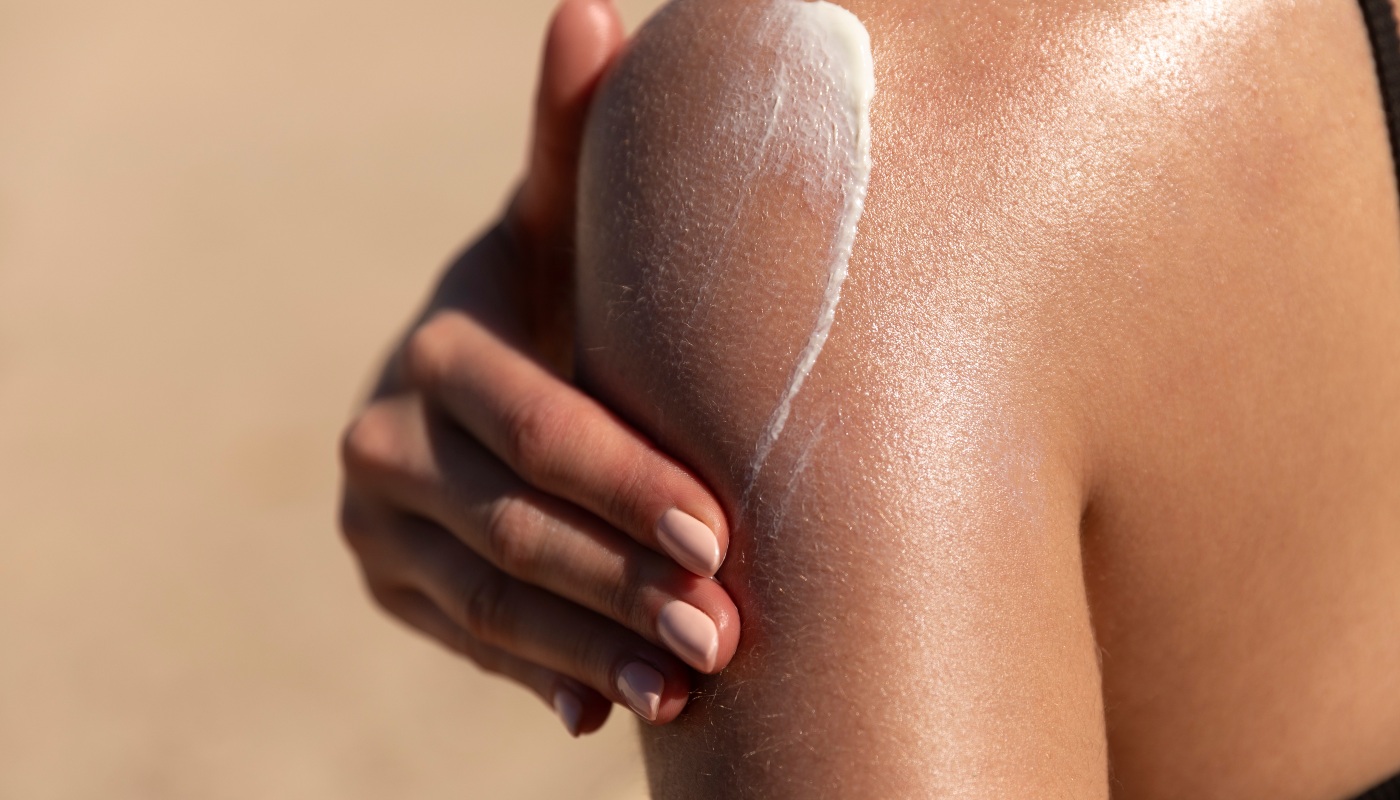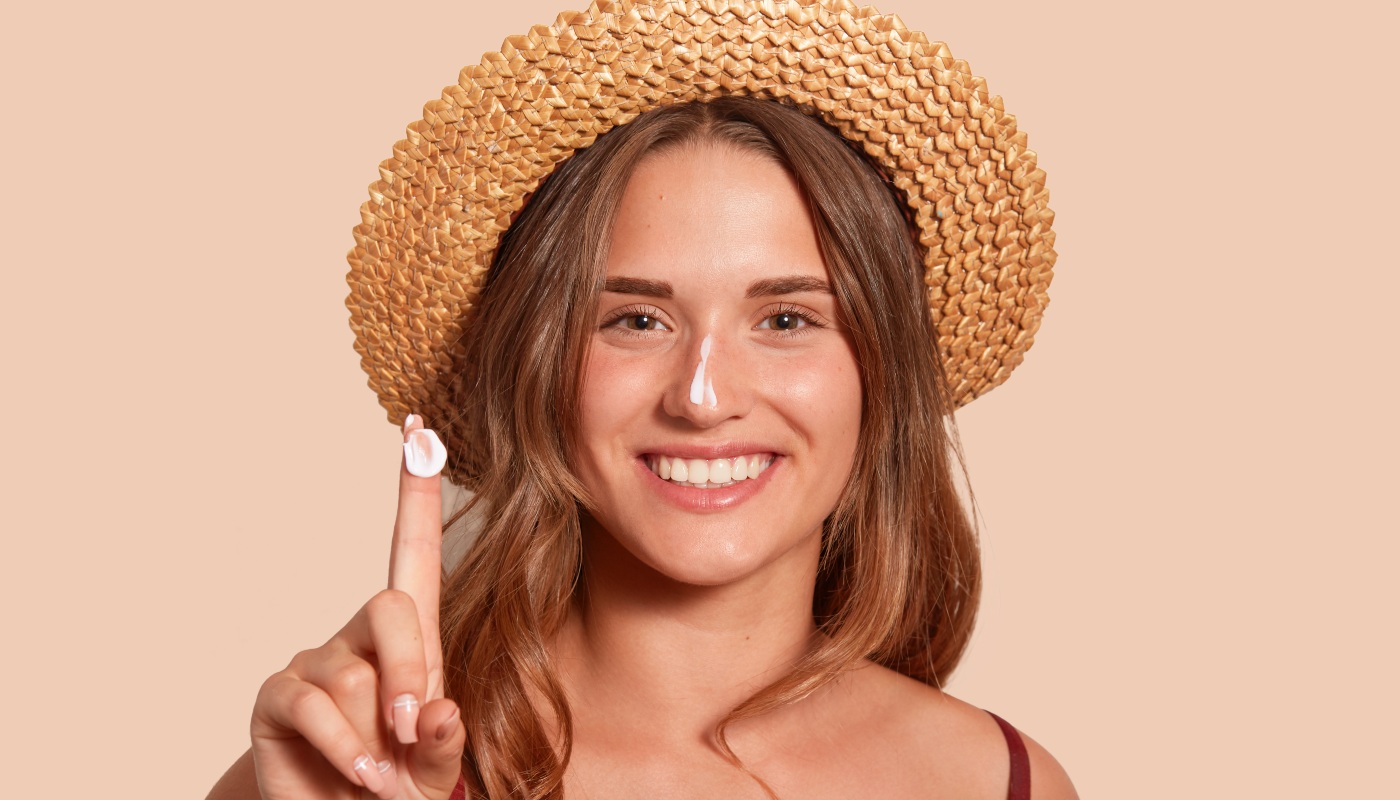Types of sunscreens
Do you know what types of sunscreens are available? Not sure which to choose? Find the ideal one for your face and body.
TRIED AND TESTED
Share

It is important to choose the sunscreen that best suits our needs and skin type and always follow all the indications for applying it correctly to ensure it works properly. Protecting our face and body from the sun is critical to keeping skin healthy and beautiful!
Sunscreens for the face
- Cream or lotion: they usually have a light texture and are easily absorbed into the face. They offer uniform coverage and are ideal for everyday use. In addition to providing protection, many of them also offer hydration and other benefits as antioxidant ingredients.
- Gel: indicated for people with oily or acne-prone skin, as they tend to be less comedogenic and do not clog pores. Gel sunscreens absorb quickly into the skin without leaving a greasy feel, making them perfect for use under makeup. Their texture makes them a good option to protect us when practising outdoor activities.
- Powdered: these are an innovative option. In loose or compact powder form, they are applied with a brush or sponge. Suitable for quick touch-ups during the day, as they can be easily applied to makeup without altering it. They generally have a lower sun protection factor (SPF), so it is recommended to use them in combination with other sunscreens.
- With colour: they offer a dual function, sun protection and light coverage to unify your skintone. They are usually available as a cream or foundation with sun protection. Recommended for those who prefer a more natural look or want to simplify their makeup routine.

Sunscreens for the body
- Cream: this is the most classic and popular format. The cream is applied to the skin to protect it from UV rays. This is the best option for people with dry or normal skin, as it provides hydration. Creams are usually very effective in protecting the skin, as their denser consistency can create a more durable barrier against UV rays. On the downside, they can leave a heavier feeling on the skin.
- Spray: they are convenient and easy to apply. They are sprayed directly onto the skin and spread with a light massage. They are ideal for covering large or hard to access areas. However, it is important to make sure that you apply an adequate amount with uniform coverage to obtain effective protection.
- Gel: this is a light and fresh format that is quickly absorbed into the skin. It is best for people with oily skin. In addition, it usually has a refreshing texture that is very pleasant in summer, especially when exercising outdoors.
- Stick: these are compact and easy to transport. They come in solid form and glide directly onto the skin. They are best suited for precise application to specific areas, such as lips, nose, ears and scars. They are also convenient to carry around because they can be very useful for quick touch-ups during the day.
- Oil: they contain sunscreens and nutritious oils that help maintain skin hydration and enhance tanning. They give skin a soft, silky feel. It is important to remember that sun oils generally have a lower sun protection factor (SPF) and should not be used instead of traditional sunscreens when intense protection is needed.

5 basic tips to stay protected
- Apply and repeat: it is advisable to apply sunscreen at least half an hour before exposure. Do not forget areas such as the lips, ears, neck or instep, and repeat application every two hours, especially if you swim or exercise.
- Avoid the peak hours for radiation: between noon and 4 pm, temperatures are extreme and the sun is more intense. It is advisable to avoid direct exposure.
- Use it all year round: it is advisable to use sun protection regardless of exposure and the intensity of the sun. If possible, use factor 50 or total screen.
- Use it in the mountains too: continue to take precautions in the countryside or a mountainous area.
- Reinforce: it is advisable to complement sunscreen with accessories such as sunglasses and caps and choose clothes made of light fabrics, preferably cotton.






